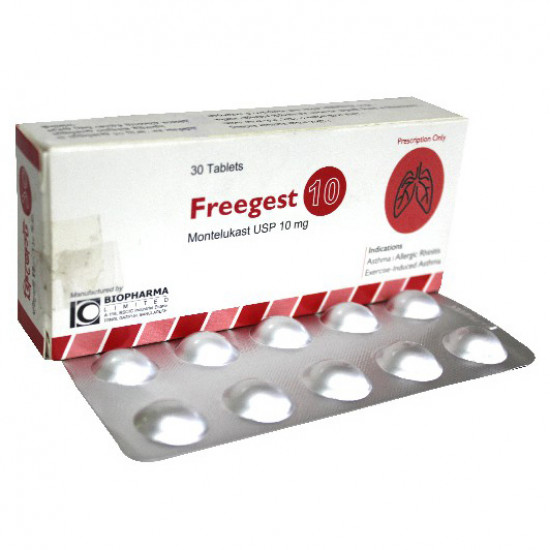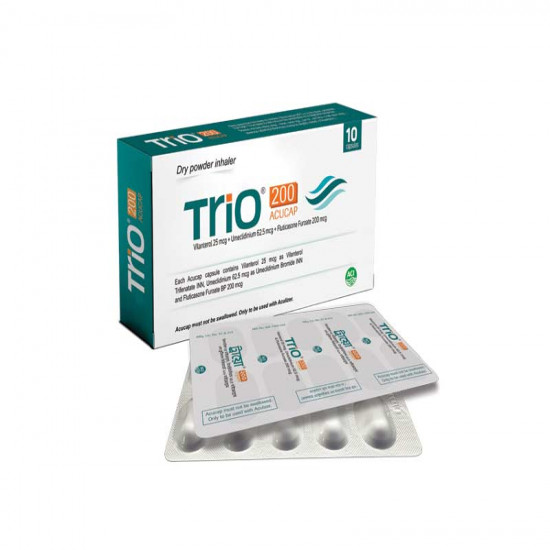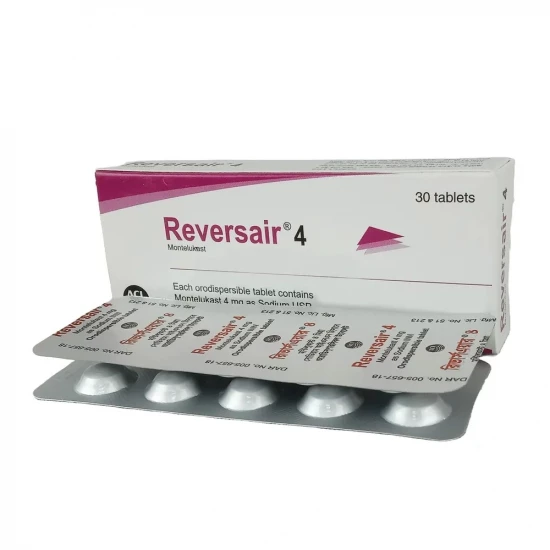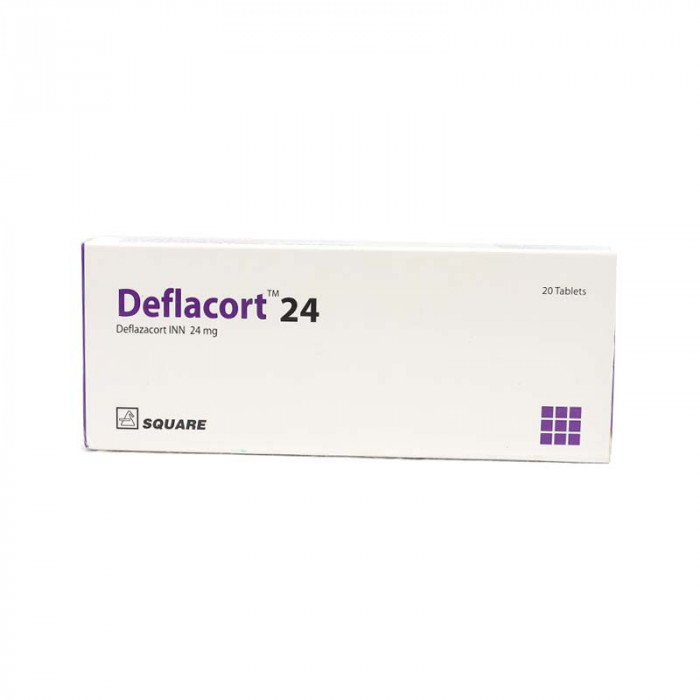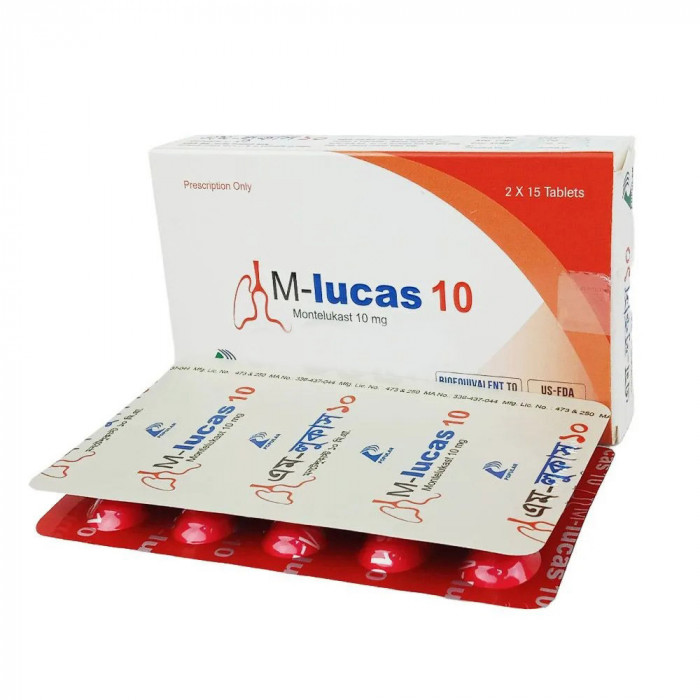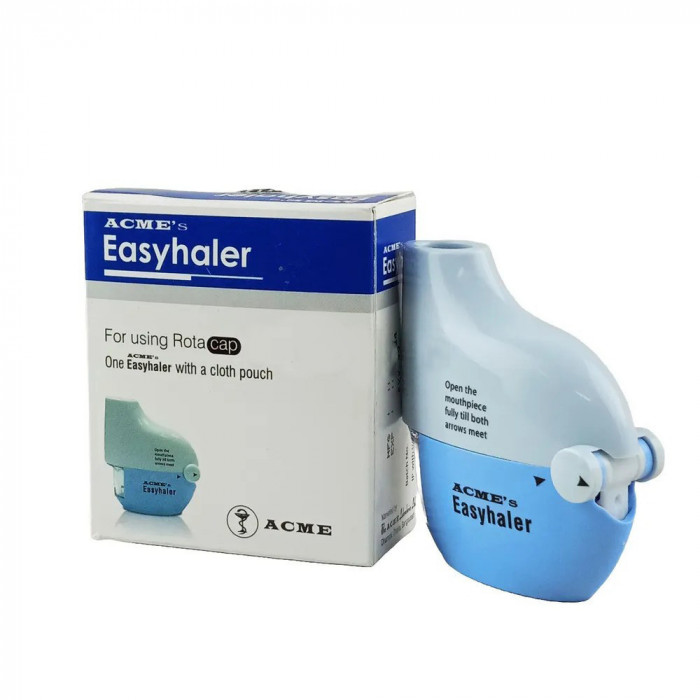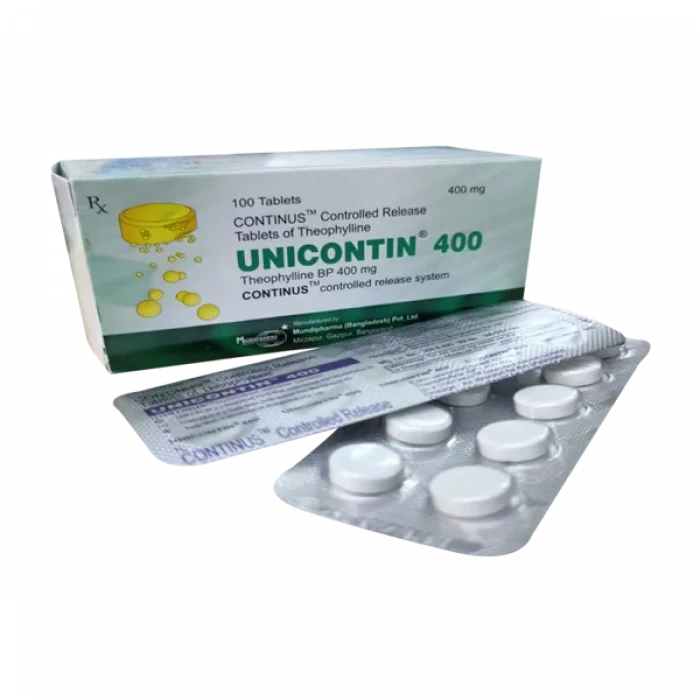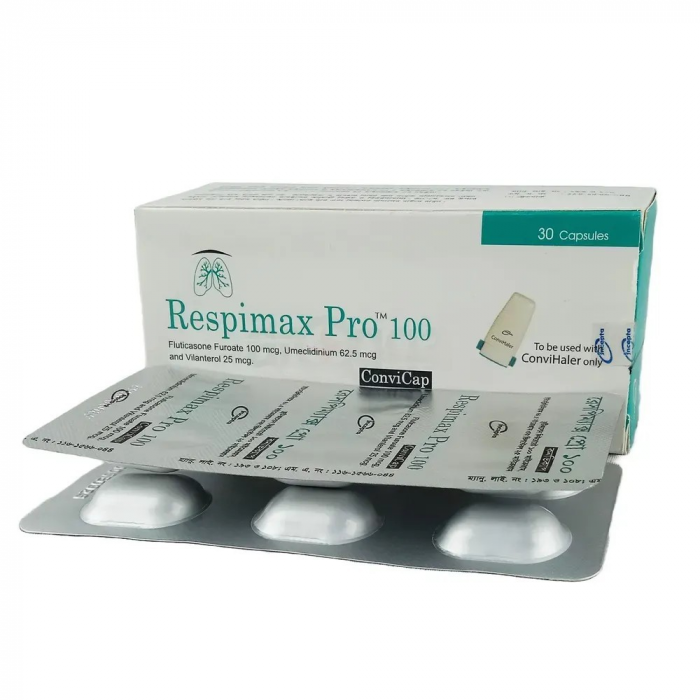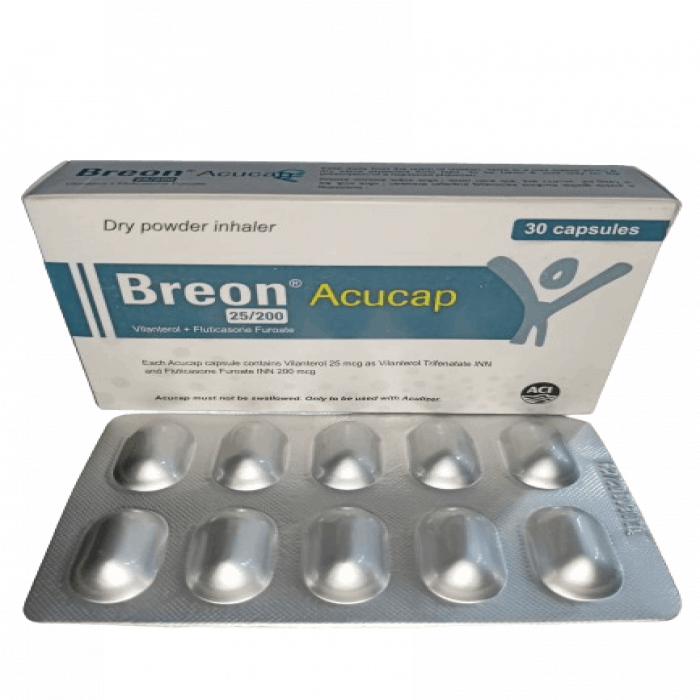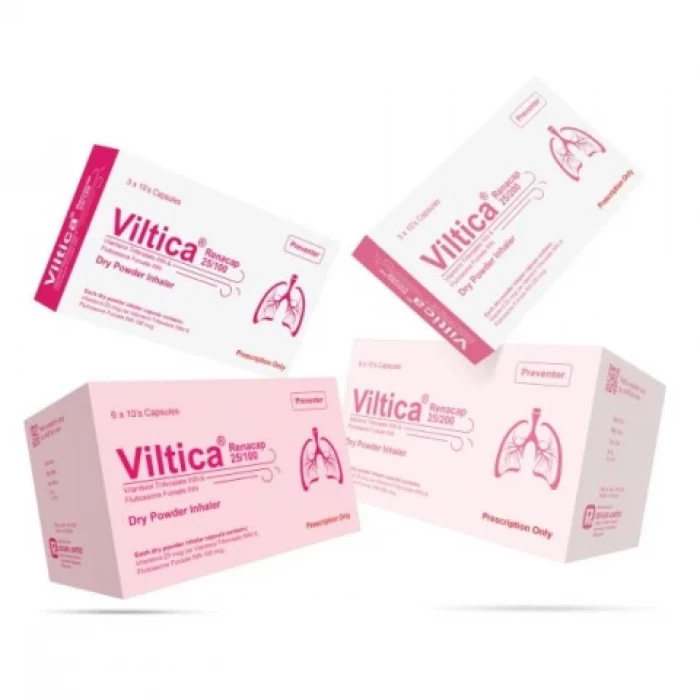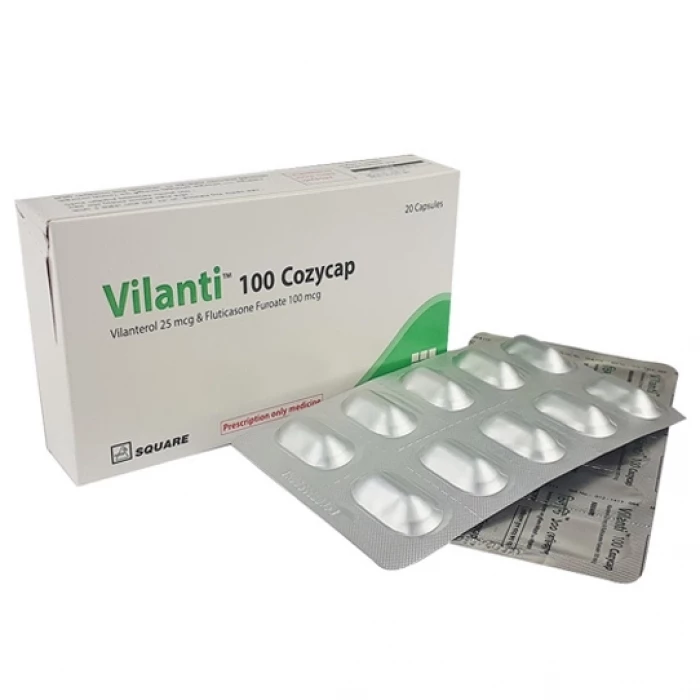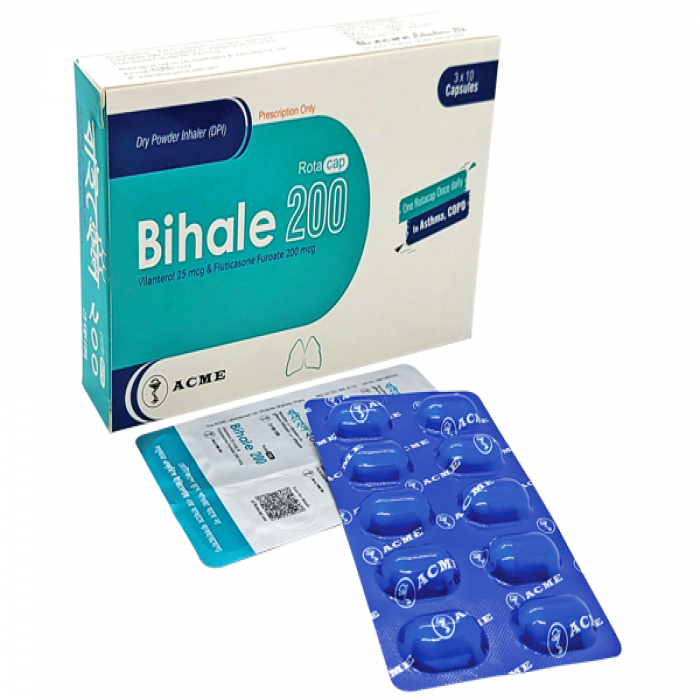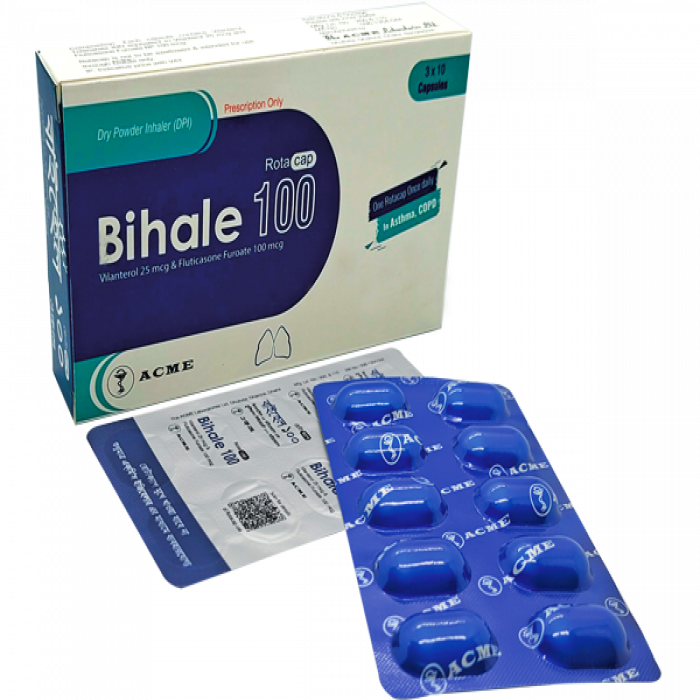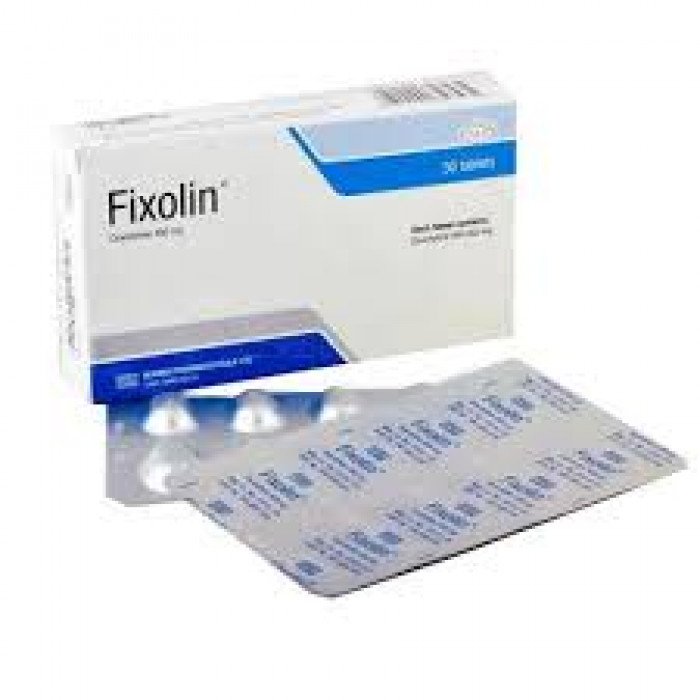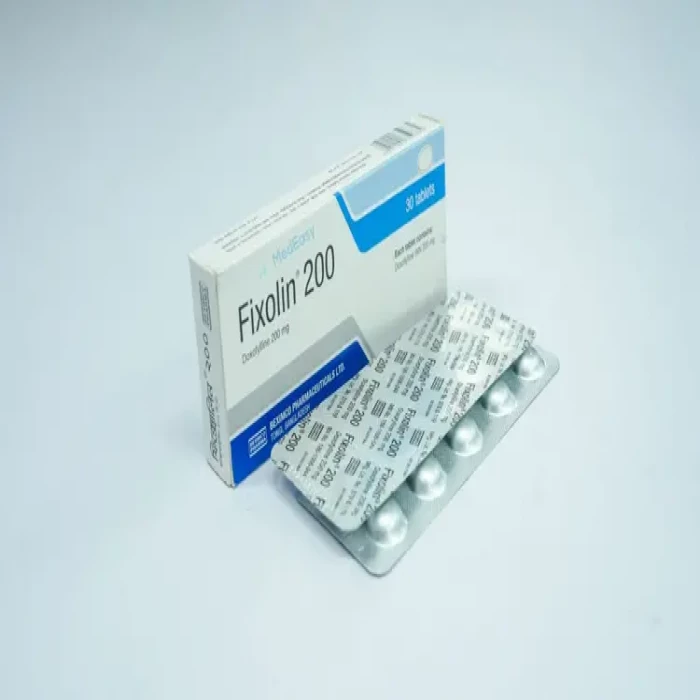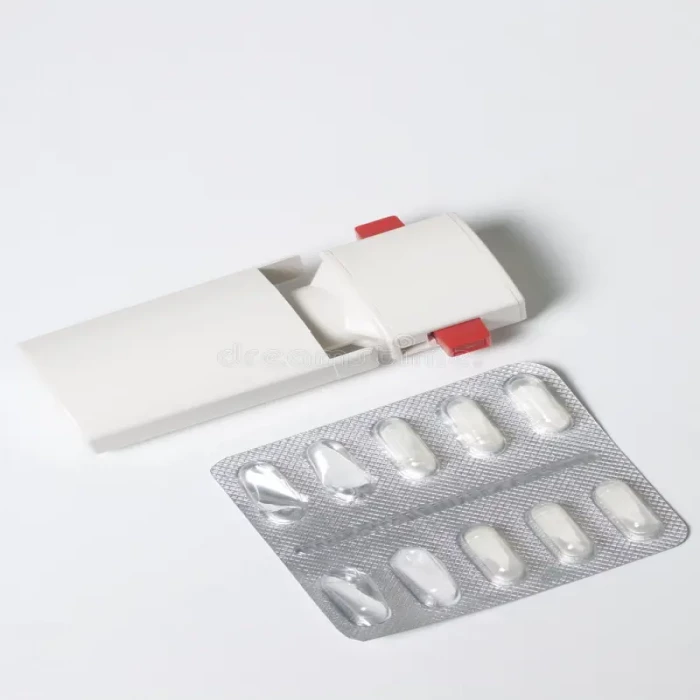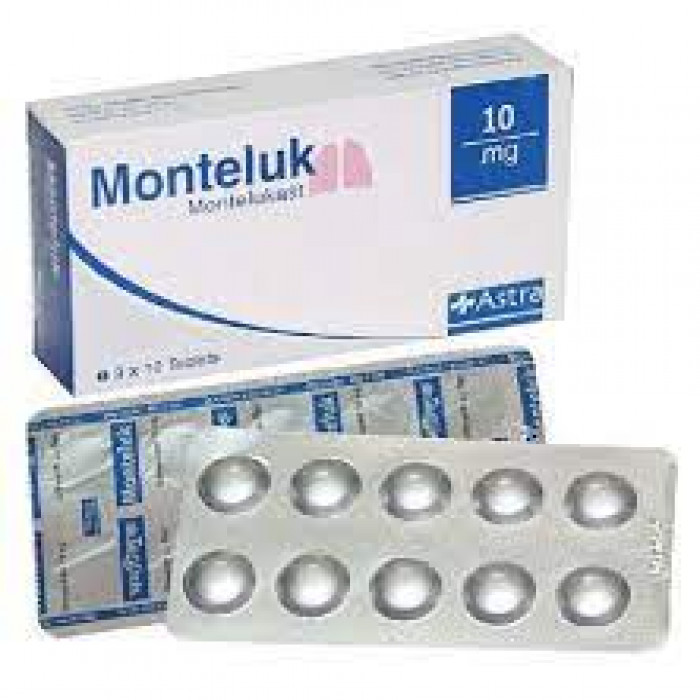
✔ 100% Authentic Product
👁️ Currently Viewing 2315
Type: Tab. Generic Name:Salbutamol 8mg/tablet (sustained release) Manufacturer/Distributor: Square
Discount
Price: ৳ 19
MRP:
৳
20
6%
Off

100% Genuine Products, Guaranteed

Safe & Secure Payments, Always

Fast, Secure & Efficient Delivery

Proper Packaging
 Cash on Delivery - All over Bangladesh
Cash on Delivery - All over Bangladesh Regular Delivery - 12-24 Hours, Dhaka City* Charge Tk.39-59
Regular Delivery - 12-24 Hours, Dhaka City* Charge Tk.39-59 Regular Delivery - 24-48 Hours, Other Cities* Charge Tk.99-110
Regular Delivery - 24-48 Hours, Other Cities* Charge Tk.99-110
 ফ্রি ডেলিভারিঃ - ৯৯৯ টাকা+ অর্ডারে, ঢাকা
শহরে
ফ্রি ডেলিভারিঃ - ৯৯৯ টাকা+ অর্ডারে, ঢাকা
শহরে ফ্রি ডেলিভারিঃ - ২৯৯৯ টাকা+ অর্ডারে, ঢাকার
বাহিরে
ফ্রি ডেলিভারিঃ - ২৯৯৯ টাকা+ অর্ডারে, ঢাকার
বাহিরে
100% Genuine Products, Guaranteed
Safe & Secure Payments, Always
Fast, Secure & Efficient Delivery
Proper Packaging
 Cash on Delivery - All over Bangladesh
Cash on Delivery - All over Bangladesh Regular Delivery - 12-24 Hours, Dhaka City* Charge Tk.39-59
Regular Delivery - 12-24 Hours, Dhaka City* Charge Tk.39-59 Regular Delivery - 24-48 Hours, Other Cities* Charge Tk.99-110
Regular Delivery - 24-48 Hours, Other Cities* Charge Tk.99-110 ফ্রি ডেলিভারিঃ - ৯৯৯ টাকা+ অর্ডারে, ঢাকা
শহরে
ফ্রি ডেলিভারিঃ - ৯৯৯ টাকা+ অর্ডারে, ঢাকা
শহরে ফ্রি ডেলিভারিঃ - ২৯৯৯ টাকা+ অর্ডারে, ঢাকার
বাহিরে
ফ্রি ডেলিভারিঃ - ২৯৯৯ টাকা+ অর্ডারে, ঢাকার
বাহিরে
✅ Description:
Indications
Salbutamol is a bronchodilator that can be used to treat Asthma and Chronic Bronchitis.
Emphysema and other lung diseases, Other conditions linked to obstructed airways.
Pharmacology
Salbutamol is a beta-2 adrenergic sympathomimetic agent that has been synthesized. Salbutamol causes bronchodilation by stimulating beta-2 adrenergic receptors in bronchial smooth muscles, causing bronchial muscle fiber relaxation. Spirometric measurements show an improvement in pulmonary function as a result of this action.
Administration & Dosage
Salbutamol tablet or syrup-
Children:
2-6 years: 2.5 ml syrup, 3-4 times daily
6-12 years: 5 ml syrup, 3-4 times daily
Over 12 years: 5-10 ml syrup, 3-4 times daily (2-4 mg tablet, 3-4 times daily)
Adults: 2-4 mg tablet, 3-4 times daily. The maximum single dose is 8 mg tablet.
Salbutamol Respirator Solution: To be used with a suitable nebulizer device under the direction of a physician. The solution must not be injected or ingested.
Method-1 (Intermittent Administration):
Adults (and the elderly): 0.5 ml-1.0 ml salbutamol up to four times a day. Up to 40mg per day can be given under strict medical direction in the hospital. 0.5-1 ml solution should be diluted to final volume of 2-4 ml with sterile normal saline solution. It will take time about 10 minutes.
Salbutamol respiratory solution may be used undiluted for intermittent administration. For this 2.0 ml of the solution is placed in the nebulizer and the patient is allowed to inhale until bronchodilation is achieved. This usually takes 3-5 minutes.
Children under 12 years of age: 0.5 ml of the solution diluted to 2.0-4.0 ml with normal saline. Some children may however require higher doses of up to 1.0 ml of the solution. Intermittent treatment may be repeated four times a day.
Method-2 (Continuous administration): 1-2 ml solution is diluted to make up to 100 ml with normal saline solution. The diluted solution is administered by a suitable nebulizer device. When there is a risk of anoxia through hypoventilation, oxygen should be added to the inspired air.
Salbutamol nebulizer solution: To be used with a suitable nebulizer device under the direction of a physician. The solution must not be injected or ingested.
Adults & Elderly: 2.5 mg to 5 mg Salbutamol up to 4 times a day. Up to 40 mg/day may be given under strict medical direction in the hospital.
Children under 12 years: 2.5 mg up to 4 times a day. A higher dose up to 5 mg four times a day may be used if required.
Salbutamol injection:
Adults:
Salbutamol I.V. infusion solution is used to prepare a solution for continuous intravenous infusion. It should not be injected undiluted. A suitable solution for infusion may be prepared by diluting 5 mL of Salbutamol I.V. infusion solution (1000 mcg/mL) in 500 mL of a chosen i.v. the solution to provide a salbutamol concentration of 10 mcg/mL.
The only recommended diluents are Sodium Chloride Injection, or Sodium Chloride and Dextrose Injection.
Infusion rates providing 3 to 20 micrograms of salbutamol/minute (0.3 to 2ml/minute of the above infusion solution) are usually adequate. Infusion rates can be started at 5 mcg of salbutamol/min., and can be increased to 10 mcg/min., and 20 mcg/min. at 15 - 30 minute intervals, if necessary.
As with all parenteral drug products, intravenous admixtures should be inspected visually for clarity, particulate matter, precipitate, discoloration, and leakage prior to administration.
All unused admixtures of Salbutamol infusion solution with infusion fluids should be discarded 24 hours after preparation.
Children and Adolescents (<18 years of age): The dosage of Salbutamol infusion solution in the pediatric age group has not been established. At present, there are insufficient data to recommend a dosage regimen for children.
Salbutamol Inhalation Capsule:
Adults: For the relief of bronchospasm and for managing intermittent episodes of asthma, one or two inhalation capsule may be administered as a single dose. The usual recommended dosage of Salbutamol inhalation capsule for inhalation for adults for maintenance or prophylactic therapy is the contents of one 200 microgram capsule every 4 to 6 hours using a device. In some patients, the contents of two 200 microgram capsules inhaled every 4 to 6 hours may be required. Large doses or more frequent administration is not recommended. The use of salbutamol powder for inhalation can be continued as medically indicated to control recurring/intermittent episodes of bronchospasm.
Children: One Salbutamol inhalation capsule is the recommended dose for relief of acute bronchospasm in the maintenance of episodic asthma or before exercise of children 4 years of age and older. One inhalation should be administered for three or four times a day for routine maintenance or prophylactic therapy. This dosage may be increased to the inhalation of two inhalation capsules, if necessary. The bronchodilator effect of each administration of inhaled Salbutamol inhalation capsule lasts for at least four hours. Such patients should be warned not to increase the dose of inhalers but should seek medical advice immediately.
Excercise-induced Asthma:
Adults: 400 micrograms
Child: 200 micrograms, 15-30 minutes prior to any physical exertion.
Interaction
This inward breath vaporized has been utilized concomitantly with other drugs, counting sympathomimetic bronchodilators, methylxanthines, and steroids, commonly utilized within the treatment of COPD. No formal sedate interaction ponders have been performed with this inward breath airborne and these or other medications commonly utilized within the treatment of COPD. Ipratropium Bromide ought to be co-administered cautiously with other anticholinergic specialists and sympathomimetic operators, which may increment the hazard of unfavorable cardiovascular impacts. Beta-2-agonist-containing drugs, like this inward breath vaporized, ought to be administrated with extraordinary caution in patients with non-potassium saving diuretics, monoamine oxidase inhibitors, or tricyclic antidepressants.
Contraindications
Patients with a history of hypersensitivity to Soya-Lecithin or related food products such as soybean and peanut should avoid using this inhalation aerosol. Patients who are hypersensitive to any other components of the drug product, as well as atropine or its derivatives, should avoid using this inhalation aerosol.
Side Effects
Fine tremors of skeletal muscles (especially in the hands), palpitations, and muscle cramps are all possible side effects of salbutamol. Large doses have been linked to tachycardia, tenseness, headaches, and peripheral vasodilation.
Pregnancy & Lactation
Only if the potential benefit outweighs the risk to the fetus should the drug be used during pregnancy. This drug is not known to be excreted in human milk. Because of the potential for tumorigenicity shown in some animal studies for Salbutamol, a decision should be made whether to stop nursing or stop taking the drug, taking into account the drug's importance to the patient.
Precautions & Warnings
In patients with epilepsy (avoid if poorly controlled, discontinue if convulsions develop), concurrent electroconvulsive therapy (prolonged seizures reported with fluoxetine), history of mania, cardiac disease, diabetes mellitus, angle-closure glaucoma, concomitant use of drugs that increase bleeding risk, and history of bleeding disorders, SSRIs should be used with caution.
Storage Conditions
Protect from light and moisture by storing below 30°C. Keep the medicine out of children's reach.
⚠️Disclaimer:
At ePharma, we’re committed to providing accurate and accessible health information. However, all content is intended for informational purposes only and should not replace medical advice from a qualified physician. Please consult your healthcare provider for personalized guidance. We aim to support, not substitute, the doctor-patient relationship.





